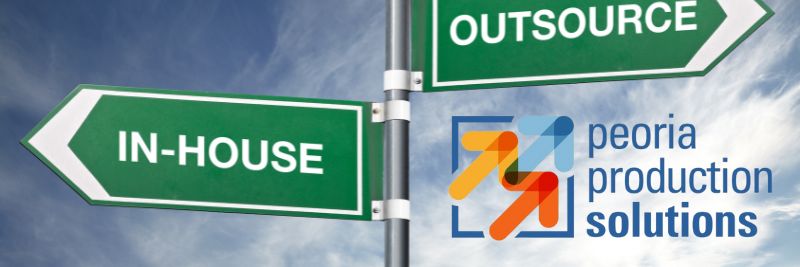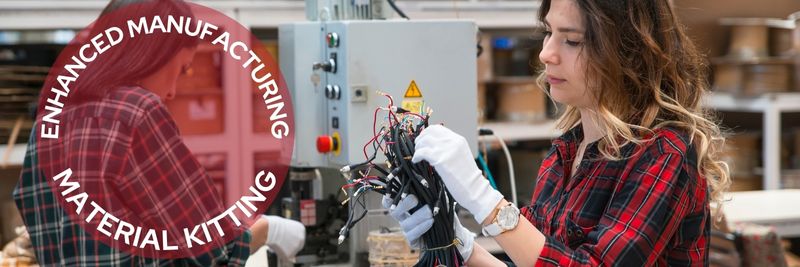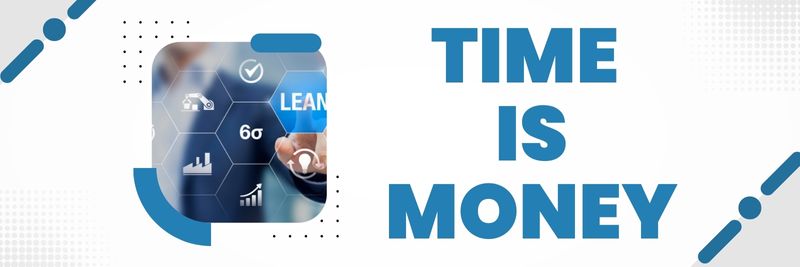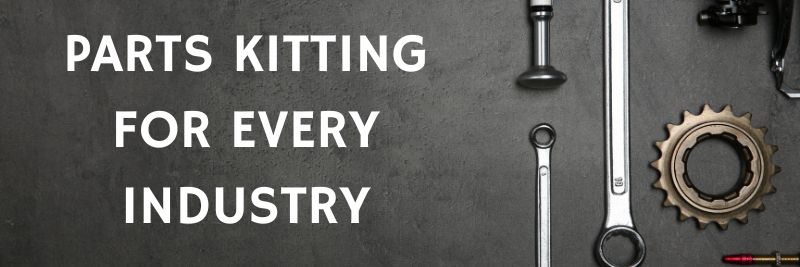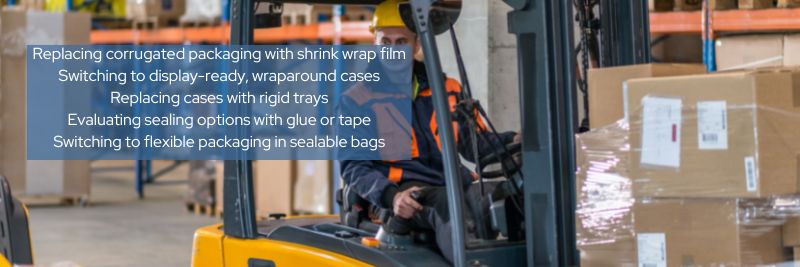Kitting & Assembly: Learn the Difference and the Benefits
Kitting and assembly are two terms that are often used interchangeably, although they actually refer to different processes. Kitting and assembly are used to improve efficiency in manufacturing or to package pre assembled products for… Kitting & Assembly: Learn the Difference and the Benefits

